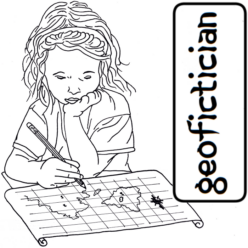I wanted to post a part 2 for my last post, about how I got the tileserver working. I was going to talk about coastlines. In fact, my tileserver IS working, but it feels a bit useless without the other half: the so-called Rails Port.
So I have become obsessed with trying to get the Rails Port running. And I keep running into problems. The fundamental problem is that I have never used Ruby (and/or “Ruby on Rails”) before. I don’t really understand it. It’s not a development environment I have any comfort with at all. I don’t really even get the overall model.
I can get a local version of the generic “openstreetmap-website” code running on port 3000 on my desktop. And I can get a similar “development” version running on my server. But I don’t know all the places I need to edit to get the Rails Port to “look at” my tile server and not the default OSM tileservers. And I don’t know what other files I need to customize to control e.g. users, site security, name presentation, etc.
I think I’m going to have to take a timeout on trying to set this up, and spend some time learning how to deploy a much simpler Ruby app on my server.
One bit that seems like it should be utterly trivial is how to get the application to present on port 80 (standard webpage) instead of port 3000 (Ruby’s default development port, I guess). I have installed Passenger for Apache and that’s how I can present the application on port 3000, but I guess Rails doesn’t cohabit well with other applications on Apache – e.g. the wiki, this blog, etc. So somehow… it has to get “wrapped” or “proxied” but the details of how to configure this are beyond my expertise.
I’m frustrated, so I’m going to take a break from this server stuff.
Music to map by: 박경애 – 곡예사의 첫사랑
